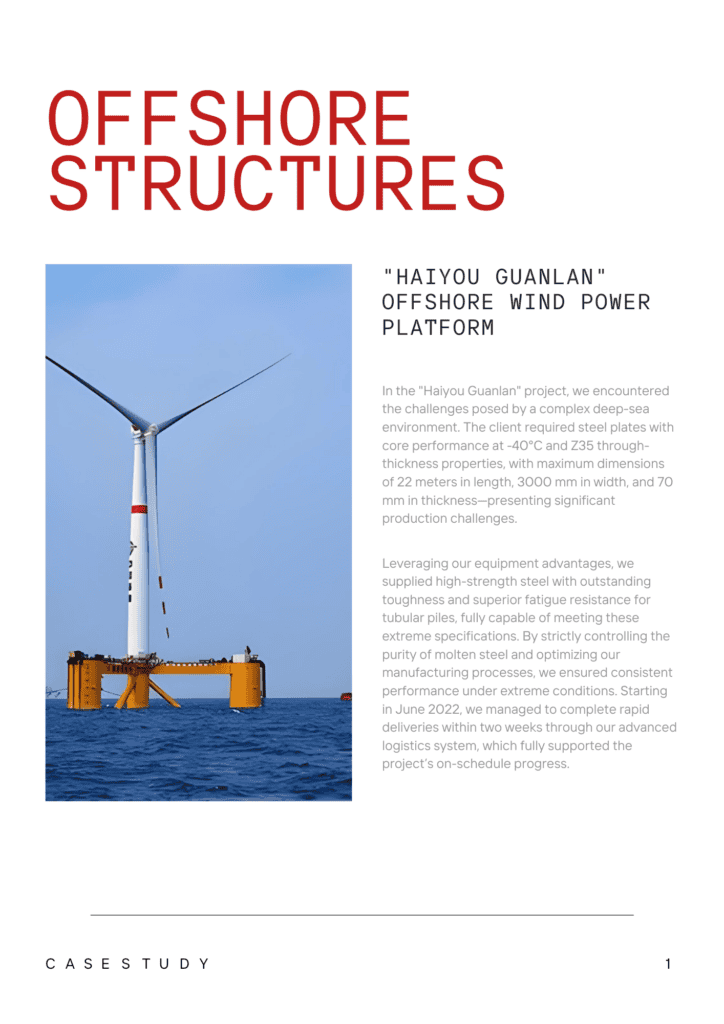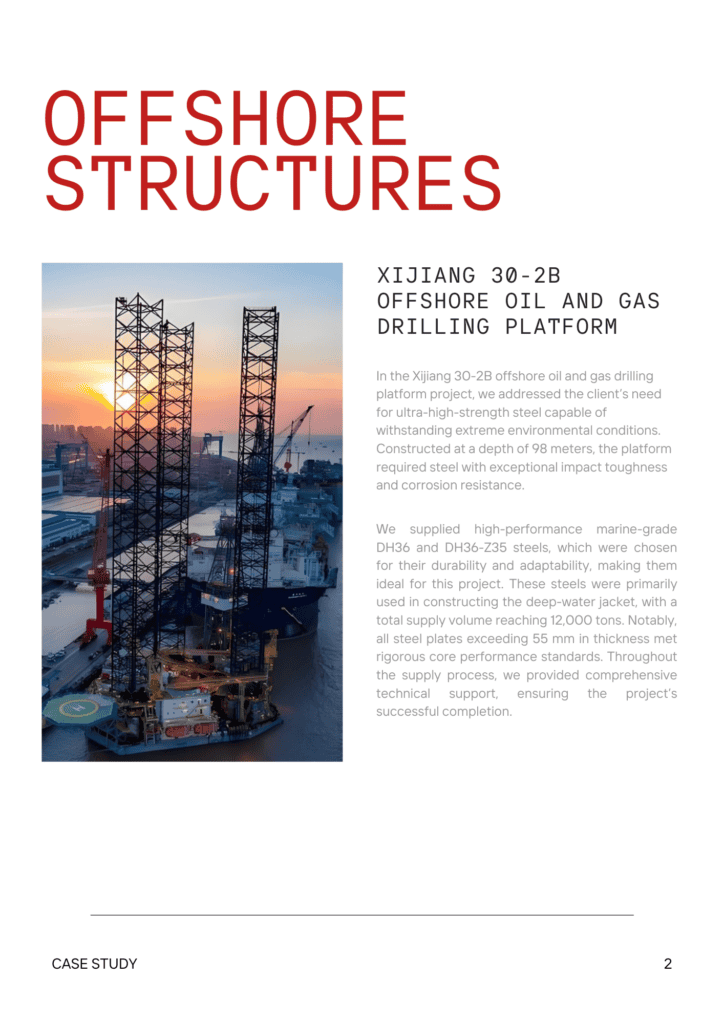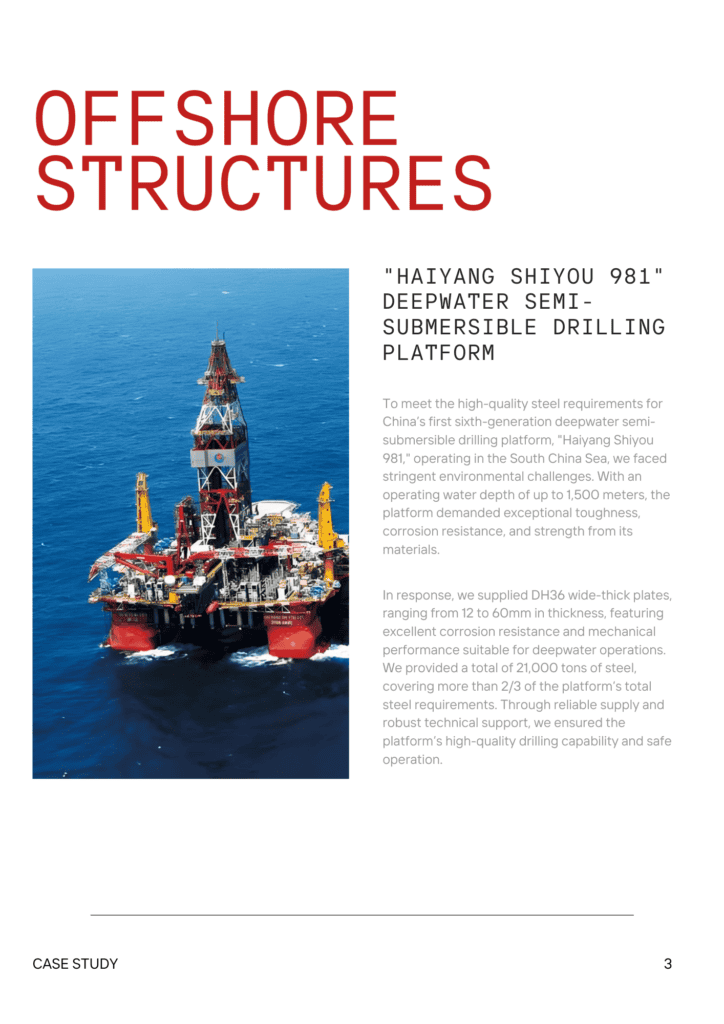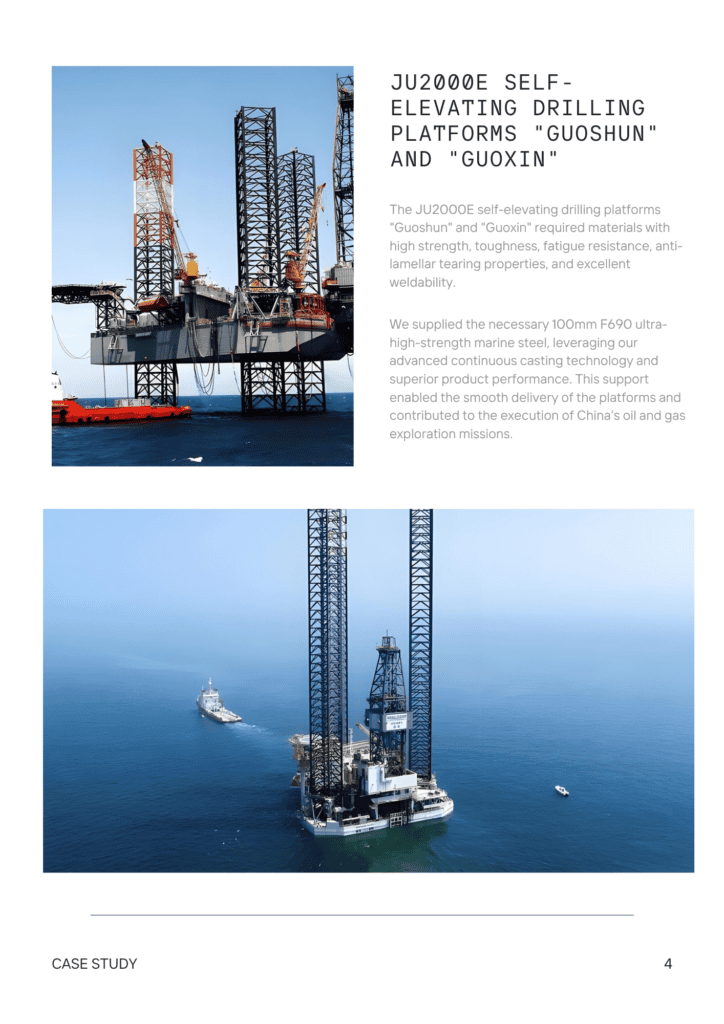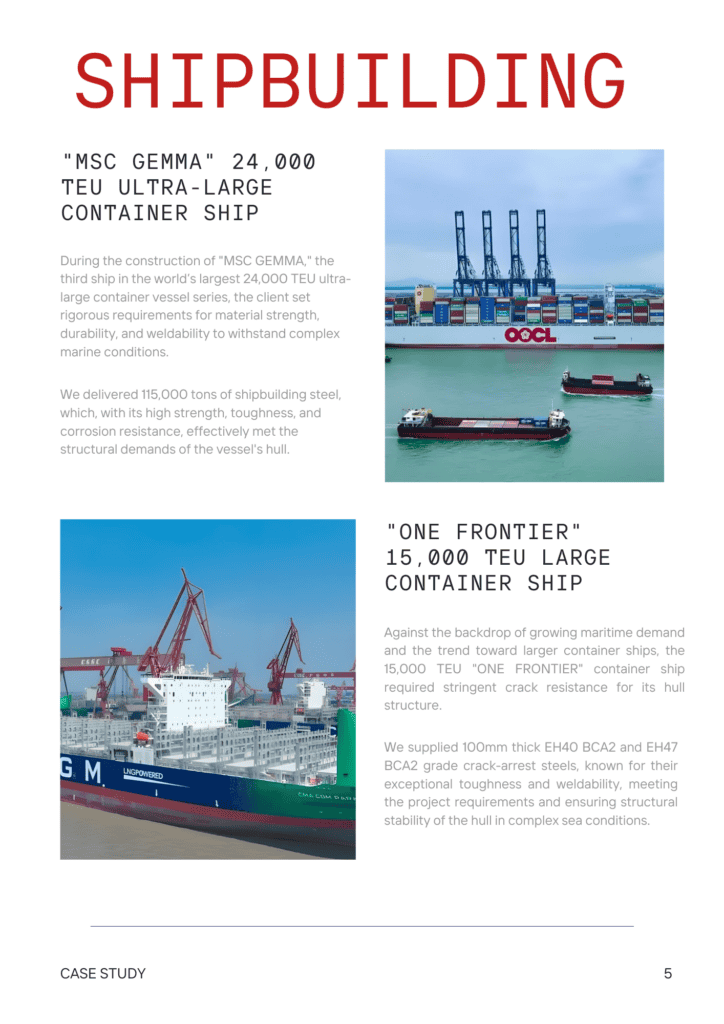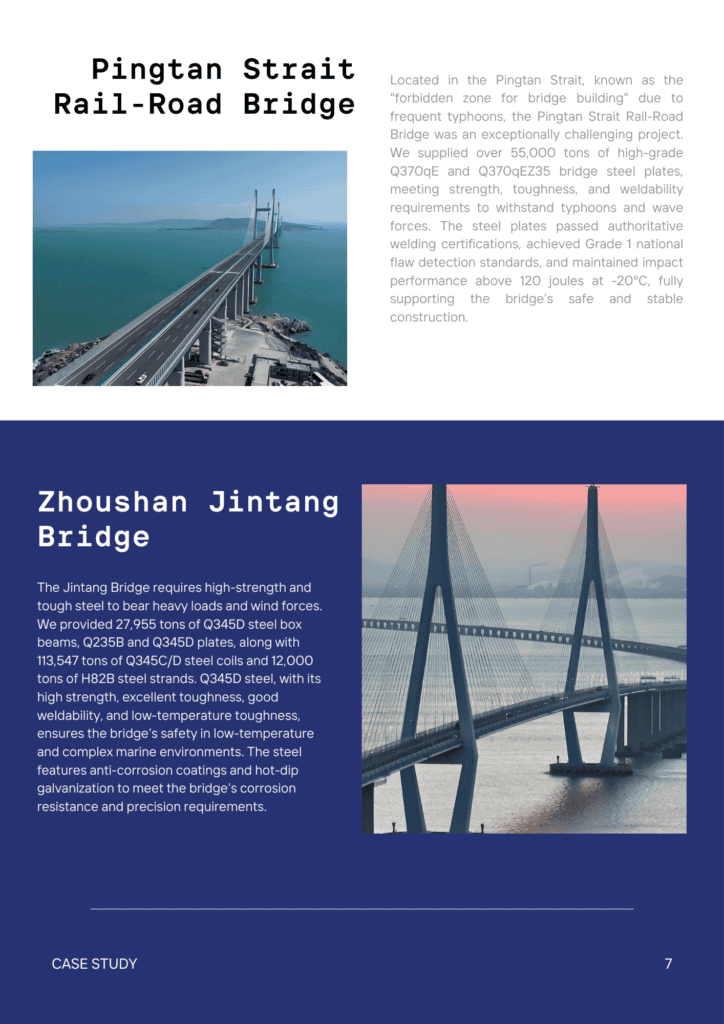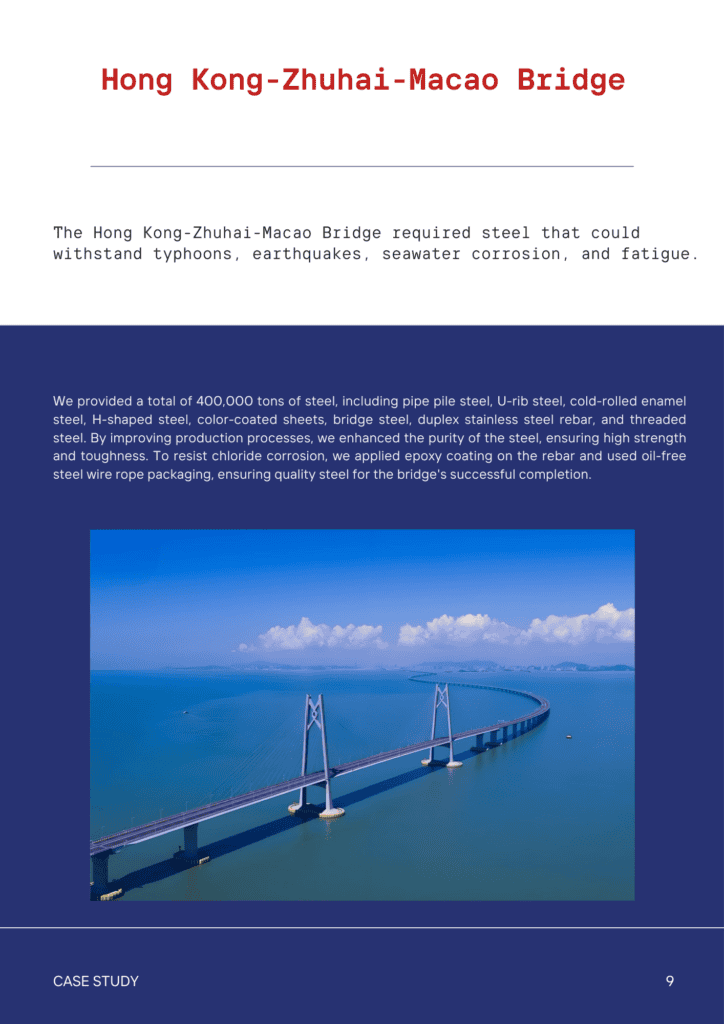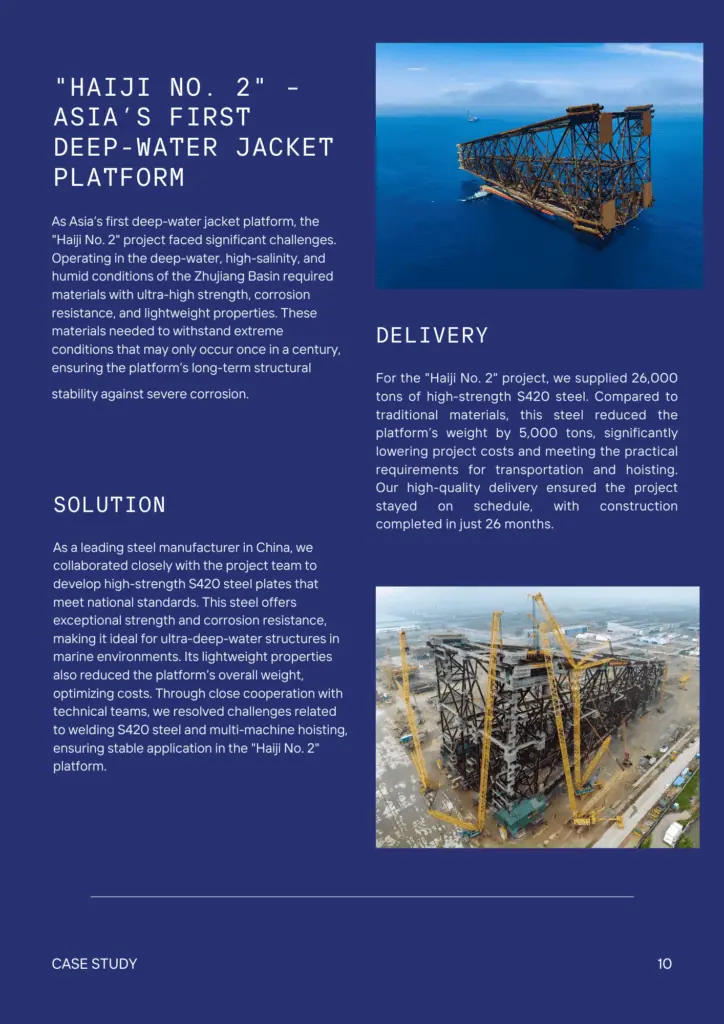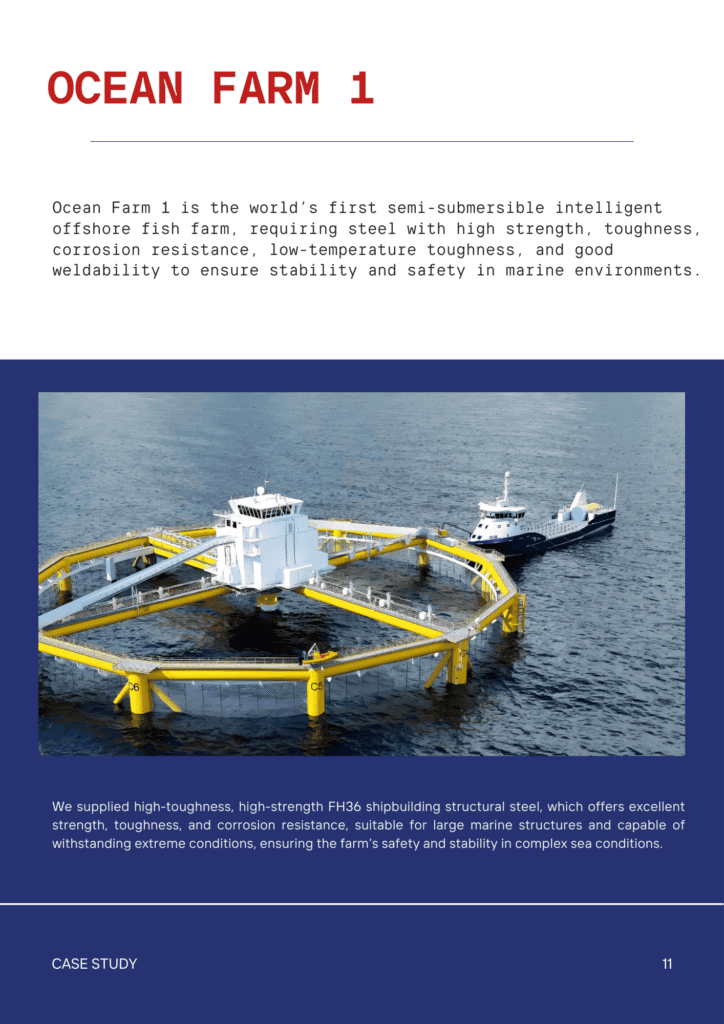Contenido
Acero galvanizado vs. cobre: comparación y elección de tuberías
- John
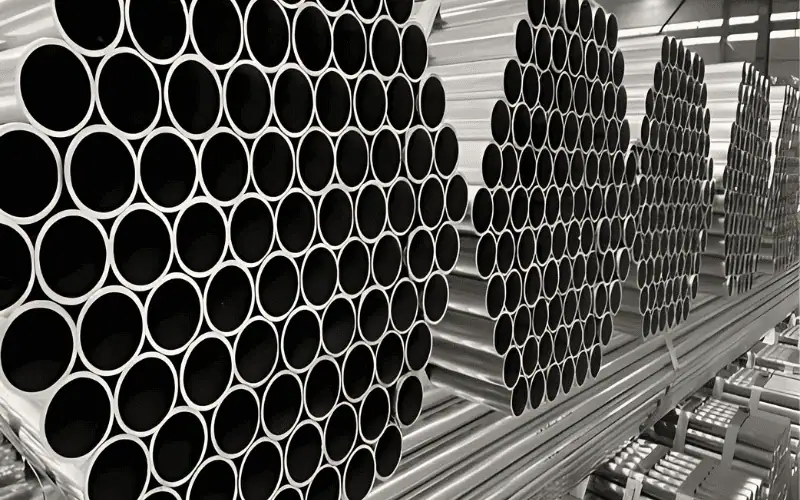
El acero galvanizado y el cobre son materiales populares para sistemas de tuberías. Si bien el acero galvanizado tiene una capa protectora de zinc, su resistencia a la corrosión suele ser menor que la de las tuberías de cobre. Por otro lado, las tuberías de cobre son más costosas que las galvanizadas.
La elección del material adecuado para un sistema de tuberías depende de la aplicación específica y las propiedades de cada material. En este artículo, exploraremos las diferencias clave entre las tuberías galvanizadas y las de cobre, y analizaremos sus aplicaciones ideales para ayudarle a construir el sistema de tuberías que mejor se adapte a sus necesidades.
Diferencias químicas entre tuberías galvanizadas y de cobre
Composición
Las tuberías galvanizadas están hechas de acero recubierto con una capa de zinc. El acero proporciona resistencia y el recubrimiento Z brinda protección.
Las tuberías de cobre pueden fabricarse con cobre puro o aleaciones de cobre. Las tuberías de cobre puro son comunes en plomería, pero también se utilizan aleaciones de cobre, que incluyen pequeñas cantidades de otros metales como zinc o estaño, para mejorar ciertas propiedades.
Resistencia a la corrosión
Las tuberías de cobre son más resistentes a la corrosión que las galvanizadas. El cobre resiste la corrosión de forma natural y no necesita ningún recubrimiento protector. En cambio, las tuberías galvanizadas tienen una capa de zinc que protege el acero subyacente. Con el tiempo, esta capa de zinc puede desgastarse, exponiendo el acero subyacente al riesgo de oxidación.
Corrosión galvánica
Las tuberías galvanizadas son más propensas a la corrosión galvánica cuando se conectan a tuberías de cobre, mientras que las tuberías de cobre se ven menos afectadas por este problema. Esta diferencia se debe a que el zinc, que recubre las tuberías galvanizadas, es más reactivo que el cobre en la serie galvánica de metales.
Cuando el acero galvanizado y el cobre entran en contacto con un electrolito como el agua, la capa de zinc de la tubería galvanizada actúa como ánodo y se corroe más rápidamente. Esto acelera el deterioro de la tubería galvanizada, mientras que la tubería de cobre prácticamente no se ve afectada gracias a su menor reactividad.
Oxidación
Las tuberías de cobre son menos susceptibles a la oxidación que las galvanizadas. El cobre puede formar naturalmente una fina capa de óxido que lo protege de la corrosión.
Las tuberías galvanizadas cuentan con un recubrimiento de zinc para proteger el acero subyacente de la oxidación. Con el tiempo, esta capa de zinc puede desgastarse, exponiendo el acero al oxígeno y la humedad, lo que provoca la oxidación.
Diferencias físicas entre tuberías galvanizadas y de cobre
Fuerza
Las tuberías galvanizadas son más resistentes y resistentes a los impactos que las de cobre. Esto se debe a que tienen un núcleo de acero, lo que les confiere mayor resistencia en condiciones difíciles. Las tuberías de cobre, si bien son duraderas, son más blandas y flexibles, lo que las hace menos resistentes a la tensión física. En situaciones donde se requiere mayor resistencia, las tuberías galvanizadas son la mejor opción.
Conductividad térmica
Las tuberías de cobre tienen una conductividad térmica mucho mayor que las galvanizadas. Esto significa que transfieren el calor con mayor eficiencia. Esto se debe a que el cobre es un excelente conductor del calor, mientras que las tuberías galvanizadas están hechas de acero recubierto de zinc, y ambas tienen una conductividad térmica menor.
Durabilidad
Las tuberías de cobre son más duraderas que las galvanizadas. El cobre no necesita una capa protectora y puede mantener su integridad durante décadas. Sin embargo, las tuberías galvanizadas son más resistentes y más resistentes a los daños físicos, lo que las convierte en una buena opción en condiciones difíciles.
Conductividad eléctrica
Las tuberías de cobre conducen la electricidad mucho mejor que las galvanizadas, lo que las hace ideales para aplicaciones donde se requiere conexión a tierra. Por otro lado, las tuberías galvanizadas son más seguras en situaciones donde se desea evitar corrientes eléctricas, ya que su menor conductividad reduce el riesgo de descargas accidentales.
Otras diferencias entre tuberías galvanizadas y de cobre
Instalación
Las tuberías galvanizadas son más difíciles de instalar. A altas temperaturas, la capa de zinc puede romperse, liberando humos tóxicos y afectando la calidad de la soldadura. Las tuberías galvanizadas suelen conectarse mediante uniones roscadas o accesorios mecánicos en lugar de soldadura. Esto hace que la instalación sea más laboriosa y requiere más tiempo.
Las tuberías de cobre se pueden unir mediante soldadura, lo que generalmente es más rápido y sencillo. Esta facilidad de instalación hace que el cobre sea una opción más conveniente, especialmente para aplicaciones residenciales y de pequeña escala.
Coste
Las tuberías galvanizadas suelen ser más económicas que las de cobre. Sin embargo, el ahorro inicial puede verse compensado por la necesidad de un reemplazo más temprano. Las tuberías de cobre, si bien son más caras al principio, suelen tener menores costos de mantenimiento a largo plazo.
Salud y seguridad
Para el transporte de agua residencial, las tuberías de cobre son más seguras que las galvanizadas. Las propiedades antibacterianas naturales del cobre ayudan a mantener el agua limpia, lo que promueve una mejor calidad del agua.
Sin embargo, las tuberías galvanizadas más antiguas pueden contener plomo, que es perjudicial para la salud humana. Además, la corrosión de la capa de zinc en las tuberías galvanizadas a veces puede afectar la calidad del agua.
¿Cómo elegir tuberías galvanizadas o de cobre en algunas aplicaciones comunes?
Las tuberías galvanizadas y de cobre comparten varias aplicaciones comunes. Para seleccionar la tubería más adecuada, es fundamental considerar los requisitos específicos de cada caso.
Si se requiere robustez y una resistencia moderada a la corrosión, las tuberías galvanizadas ofrecen una opción rentable y duradera. Sin embargo, si se prioriza la resistencia a la corrosión y la seguridad, las tuberías de cobre son la mejor opción.
- Sistemas de suministro de agua residencial
Las tuberías de cobre se prefieren para el suministro de agua residencial debido a su mayor resistencia a la corrosión y a que no contienen plomo, lo que las hace más seguras para el consumo humano. Las tuberías galvanizadas se usaban comúnmente en los sistemas de agua domésticos, pero gradualmente han sido reemplazadas por el cobre y otros materiales más seguros.
- Sistemas HVAC
Las tuberías de cobre se utilizan ampliamente en aplicaciones de calefacción y refrigeración gracias a su excelente conductividad térmica. Las tuberías galvanizadas se suelen emplear como soporte estructural o en líneas externas de agua de refrigeración que requieren mayor resistencia y durabilidad.
- Tuberías de GLP
Las tuberías de cobre son más comunes en sistemas pequeños de suministro de gas residencial debido a su fácil instalación y buena resistencia a la corrosión. Para sistemas de gas comerciales e industriales de mayor tamaño, se suelen preferir las tuberías galvanizadas por su resistencia a impactos y estabilidad estructural.
- Sistemas de rociadores contra incendios
En sistemas de rociadores contra incendios a gran escala, las tuberías galvanizadas son la opción preferida debido a su alta tolerancia a la presión y durabilidad. Para instalaciones de rociadores residenciales y de oficina más pequeñas, se suelen utilizar tuberías de cobre, ya que son más fáciles de instalar en espacios reducidos.
Diferentes aplicaciones de tubos galvanizados y de cobre
A continuación se presentan las distintas áreas de aplicación en las que las tuberías galvanizadas y de cobre cumplen propósitos completamente diferentes.
Tubos galvanizados
- Cercas y estructuras exteriores
- Conductos eléctricos en entornos industriales
- Líneas de agua subterráneas en sistemas de riego
- Soporte para construcción de servicio pesado
Tubos de cobre
- Sistemas de gases medicinales en centros sanitarios
- Sistemas de calentamiento solar de agua de alta eficiencia
- Sistemas de refrigeración y aire acondicionado
- Equipos de destilación y elaboración de cerveza
¿Cómo identificar una tubería galvanizada o una tubería de cobre?
Al intentar identificar si se trata de una tubería galvanizada o de cobre, existen varias características clave que pueden ayudarle a distinguir. Estos son los métodos más efectivos:
Color
Tubo galvanizado Tiene un aspecto gris o plateado debido a su recubrimiento de zinc. Con el tiempo, puede adquirir un aspecto opaco, a veces oxidado.
Tubo de cobre Suele tener un color distintivo, marrón rojizo o dorado. Con el paso del tiempo, puede desarrollar una pátina verdosa, especialmente si se expone a la humedad.
Prueba de imán
Tubos galvanizados Están hechas de acero, por lo que son magnéticas. Si un imán se adhiere a la tubería, probablemente sea de acero galvanizado.
Tubos de cobre No son magnéticos. Si el imán no se adhiere, es probable que la tubería sea de cobre.
Edad y uso
Tubos galvanizados Por lo general, se usaban en casas construidas antes de la década de 1960. Si está inspeccionando tuberías antiguas, especialmente en edificios antiguos, es más probable que encuentre tuberías galvanizadas.
Tubos de cobre Se han utilizado ampliamente desde la década de 1960, por lo que es más probable que las construcciones más nuevas o las renovaciones de plomería tengan tuberías de cobre.
Prueba de sonido
Tubos galvanizados tienden a producir un sonido más apagado cuando se golpean debido al revestimiento de zinc y al núcleo de acero.
Tubos de cobre emiten un sonido metálico más claro cuando se golpean suavemente.
Socio de confianza en acero galvanizado
Grupo Steel Pro Ofrecemos una amplia gama de productos de acero galvanizado, garantizando que cumplan con los estándares de calidad y durabilidad de la industria. Nos enorgullecemos de nuestras entregas puntuales, por lo que puede contar con nosotros para las necesidades de su proyecto. Para obtener un presupuesto a la medida de sus necesidades, por favor... haga clic aquí.




